Butterflies and flowers go together like jam and cream – each is wonderful in its own right, but combined they make something so incredibly special that, when I see them together, my heart does a little leap. Watching butterflies flit around my mini meadow, and tumble over more ornamental plants in the border, is one of the many rewards of gardening for wildlife. Providing food and habitats for them is important, but seeing them in our gardens is good for the soul – butterflies make us happy!
No matter how small, our gardens and outside spaces can provide food and shelter for butterflies. Small gardens and balconies, roof gardens and even window sills can provide stepping stones for butterflies to fuel up as they search for breeding habitats and a mate, while larger spaces can provide more complete habitats, including caterpillar foodplants, basking spots, overwintering opportunities, and of course nectar.
Whatever your space, clothe it in plants – climbers such as ivy and hops, pots of nectar plants such as wallflower and chamomile and, if you have grass, let it grow long. These may seem like small steps, but they could be a lifeline to our precious butterflies, which really need our help.
Visit our wildlife gardening hub to get more advice, including how to sow a wildflower mini-meadow, how to make a bee hotel and the best wildlife gardening books. Plus, find out how to download our free wildlife gardening digital magazine.
Best flowering plants for butterflies in spring
English bluebell (Hyacinthoides non-scripta)

Flowering in April and May, English bluebell has drooped stems of beautiful nodding lilac flowers and a delicate fragrance. It's great for areas of partial shade and will soon be sprouting in attractive clumps - your very own patch of a spring woodland. Many bluebells growing in gardens these days are hybrids of English bluebell and Spanish bluebell, Hyacinthoides hispanica, which have upright stems, no fragrance and flowers that are lighter in colour. English bluebell is best grown in moist but well-drained soil.
Attracts brimstone and orange-tip butterflies
Lady's smock or cuckoo flower (Cardamine pratensis)
- Buy seeds now from The RHS
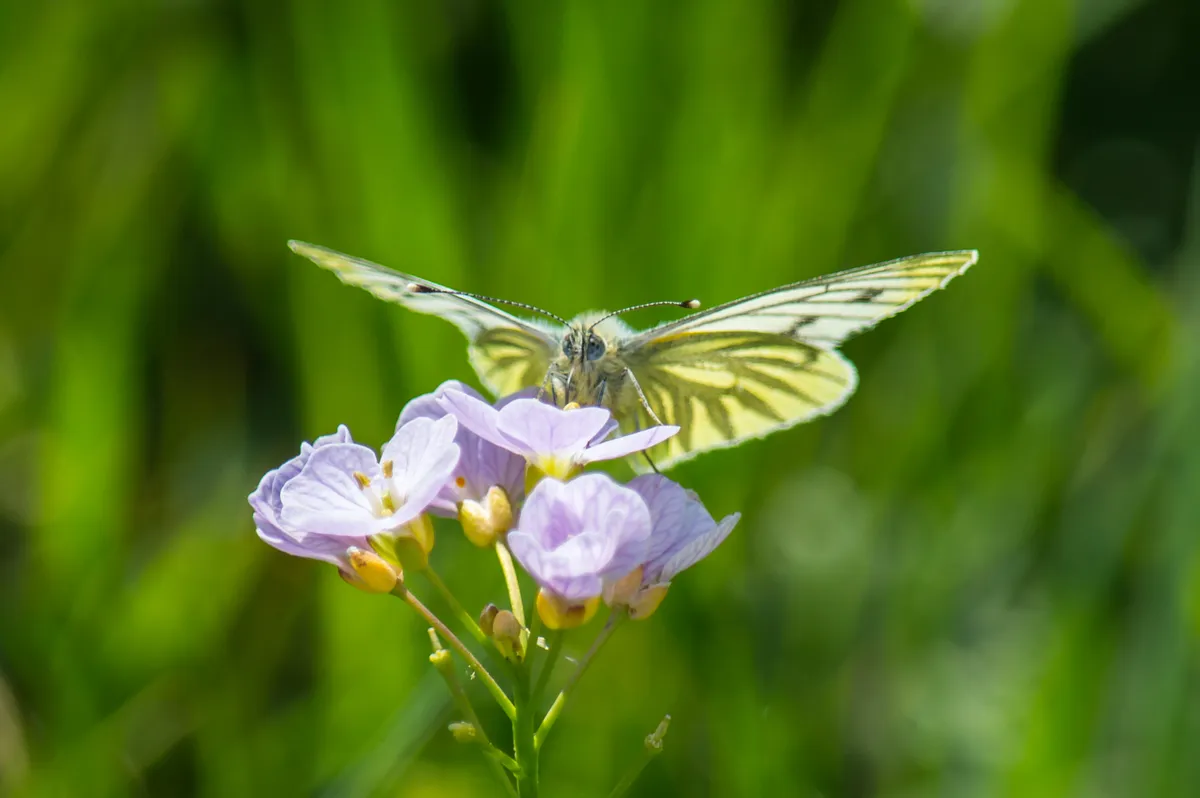
Flowering from April to May (when the cuckoos start to call), the cuckoo flower, also known as 'lady's smock', is a pretty, moisture-loving perennial with pale lilac flowers. It serves as both a nectar plant and caterpillar foodplant and offers a lovely splash of early spring colour. Look out for the orange egg of the orange-tip butterfly (egg pictured below on garlic mustard, Alliaria petiolata), one of the most distinctive butterfly eggs to find and identify. NB the double form, readily available in nurseries, is less beneficial to pollinating insects.
Attracts orange-tip and green-veined white butterflies.
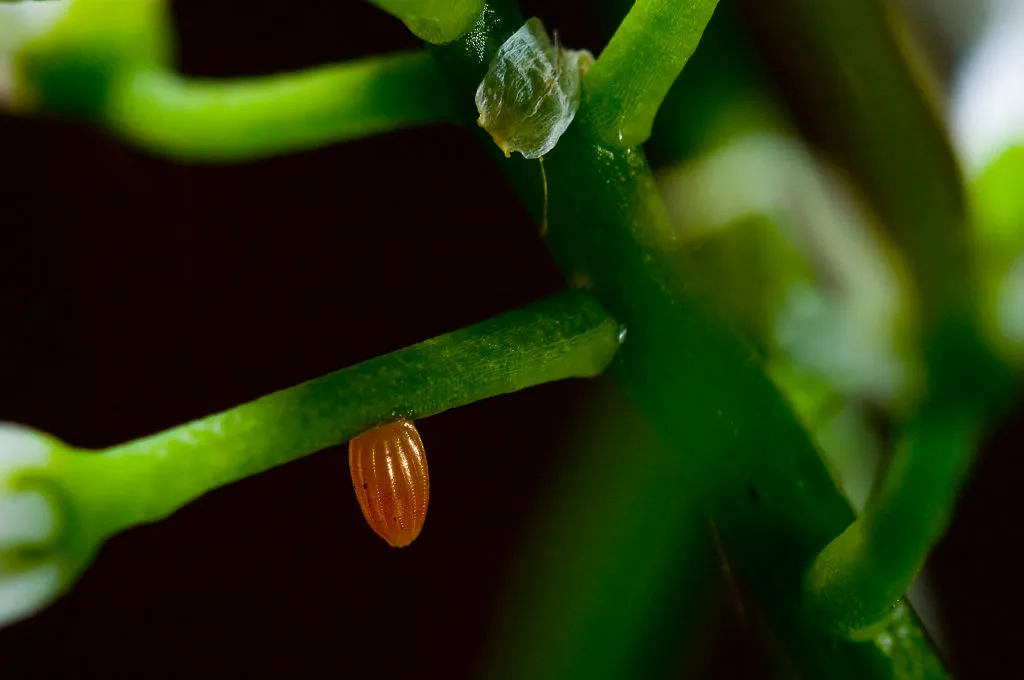
Primrose (Primula vulgaris)
- Buy seeds now from Crocus
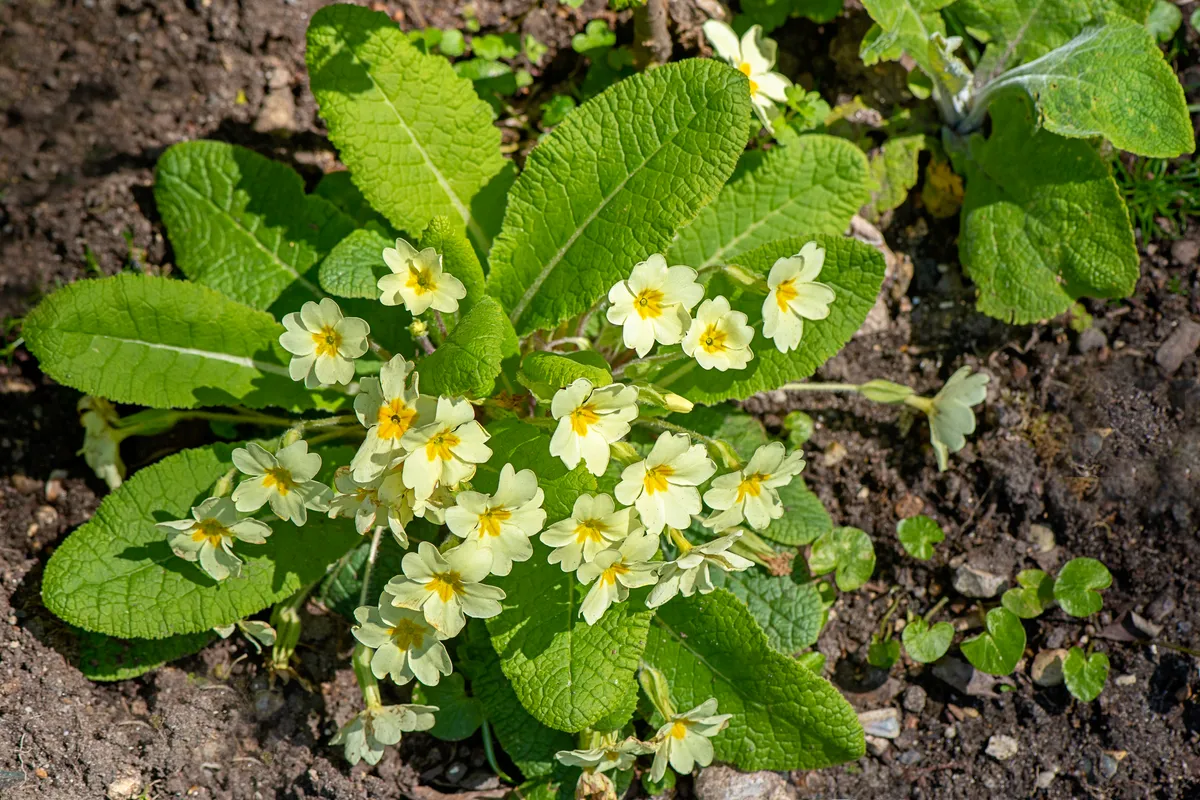
Typically found in woodlands and beneath hedgerows, the low-growing yellow blooms of primrose are a familiar sight on spring walks. An early source of nectar, flowering from March, primrose is a larval foodplant of the Duke of Burgundy butterfly - though you’re very unlikely to spot one in your garden - as well as several species of moth. It's also a great source of nectar for bees and other pollinators. Introduce this hardy flower to your garden and it should self-seed and spread, providing pops of colour.
Attracts brimstone, small tortoiseshell and peacock butterflies.
Dandelion (Taraxacum officinalis)
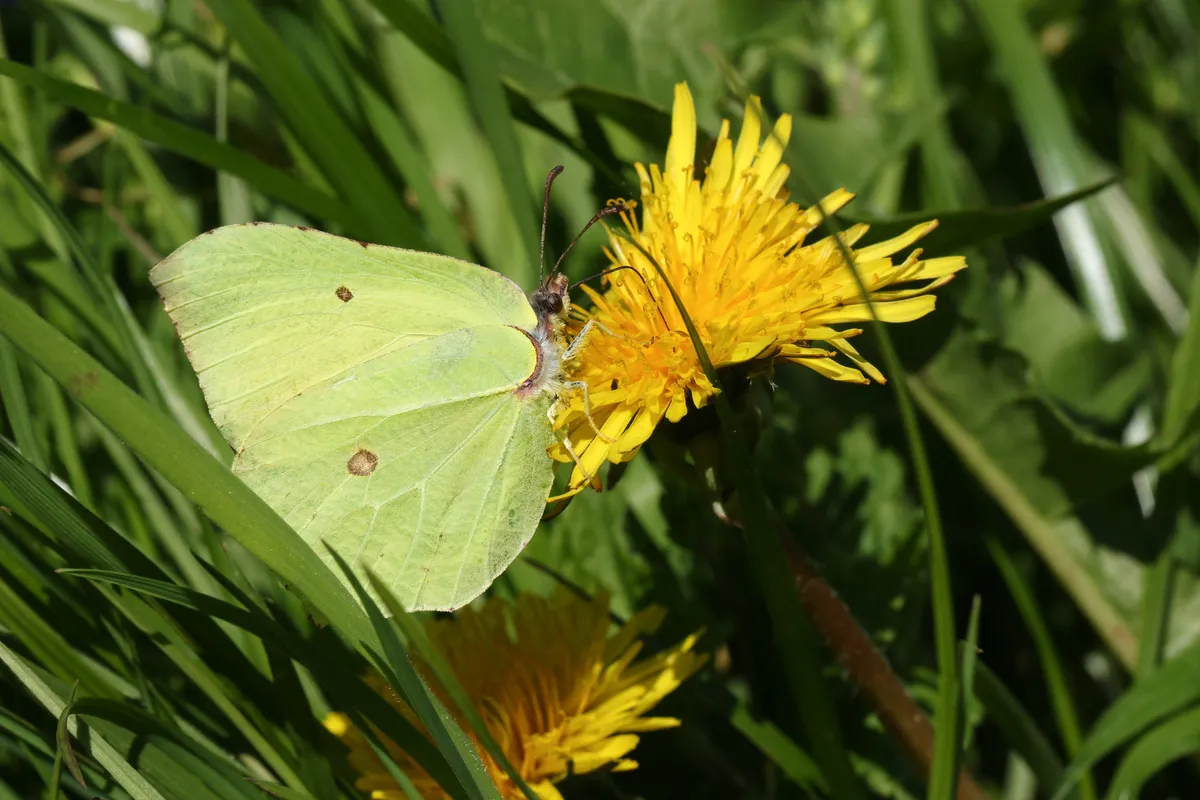
Many gardeners regard dandelion as a weed but as it flowers from March through to autumn, dandelion is a good early source of nectar when little else is in flower, and is also a reliable back up at other times.
Naturalist, presenter and BBC Wildlife columnist Nick Baker argues that we should appreciate “weeds” such as dandelions more, as they are important plants for wildlife: “While the pollen is often cited as being lower in proteins than is useful to bees, this is referring to our domestic honeybees. It is, however, one of the top-rated nectar producers of any wildflower, and many of our early-season bees – solitary mining and mason bees, for example – thrive on the stuff. Just spend a bit of time peering into each flowerhead and you’ll see hundreds of tiny beetles and flies as well.”
Dandelion is also one of the most useful plants for foragers, as the leaves, flowers and roots can be used in a variety of recipes, such as dandelion scones and dandelion syrup.
Attracts brimstone, orange-tip, small tortoiseshell butterflies.
Best flowering plants for butterflies in summer
Buddleia (Buddleja davidii)
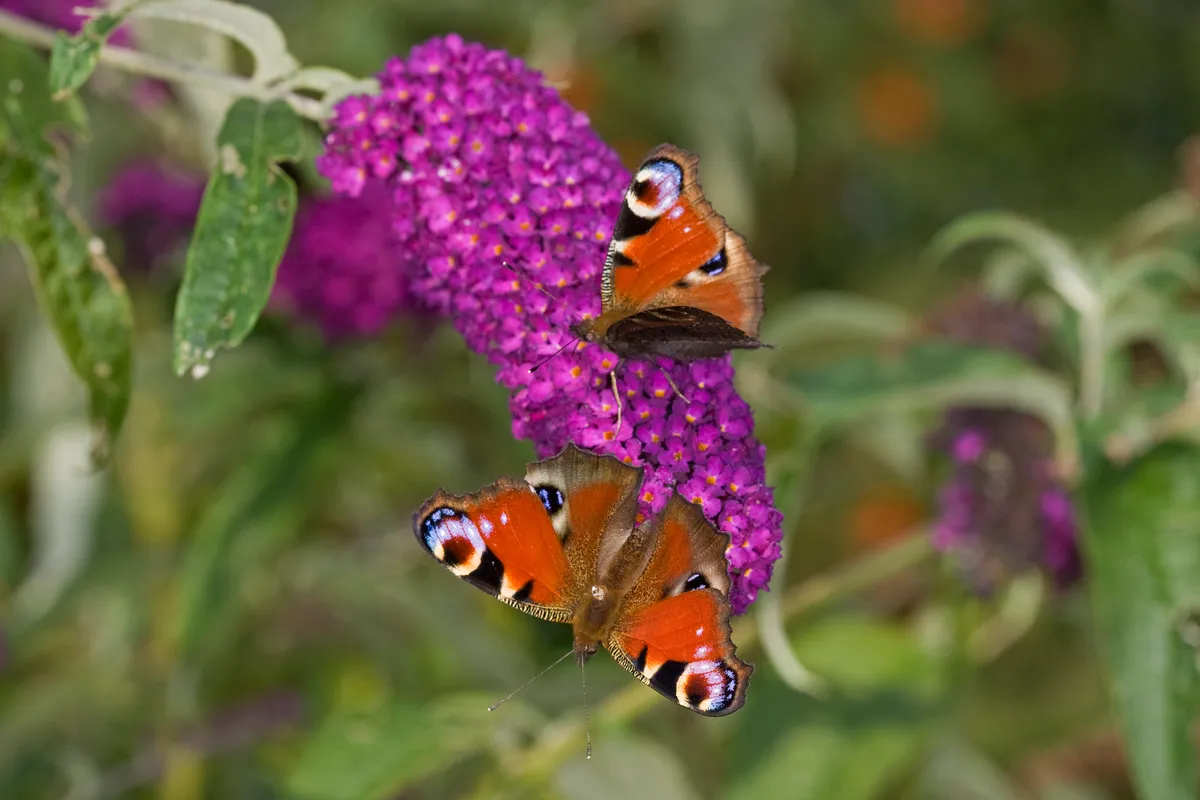
Buddleia is a magnet for butterflies and other insects - hence the name of butterfly bush. It's a very attractive plant that flowers from mid-late summer in vibrant shades of pink, red, purple, and white. It's a fast-growing, and ideal for gardens with sun and well-drained soil. If you cut it back hard (almost to the ground) in May it will bloom a few weeks later, providing nectar for pollinators through the summer when other plants have finished. Spring pruning will also prevent the plant from getting too big - buddleia can grow very large!
Attracts small tortoiseshell, peacock, painted lady, red admiral, small white and large white butterflies.
Marjoram (Origanum)
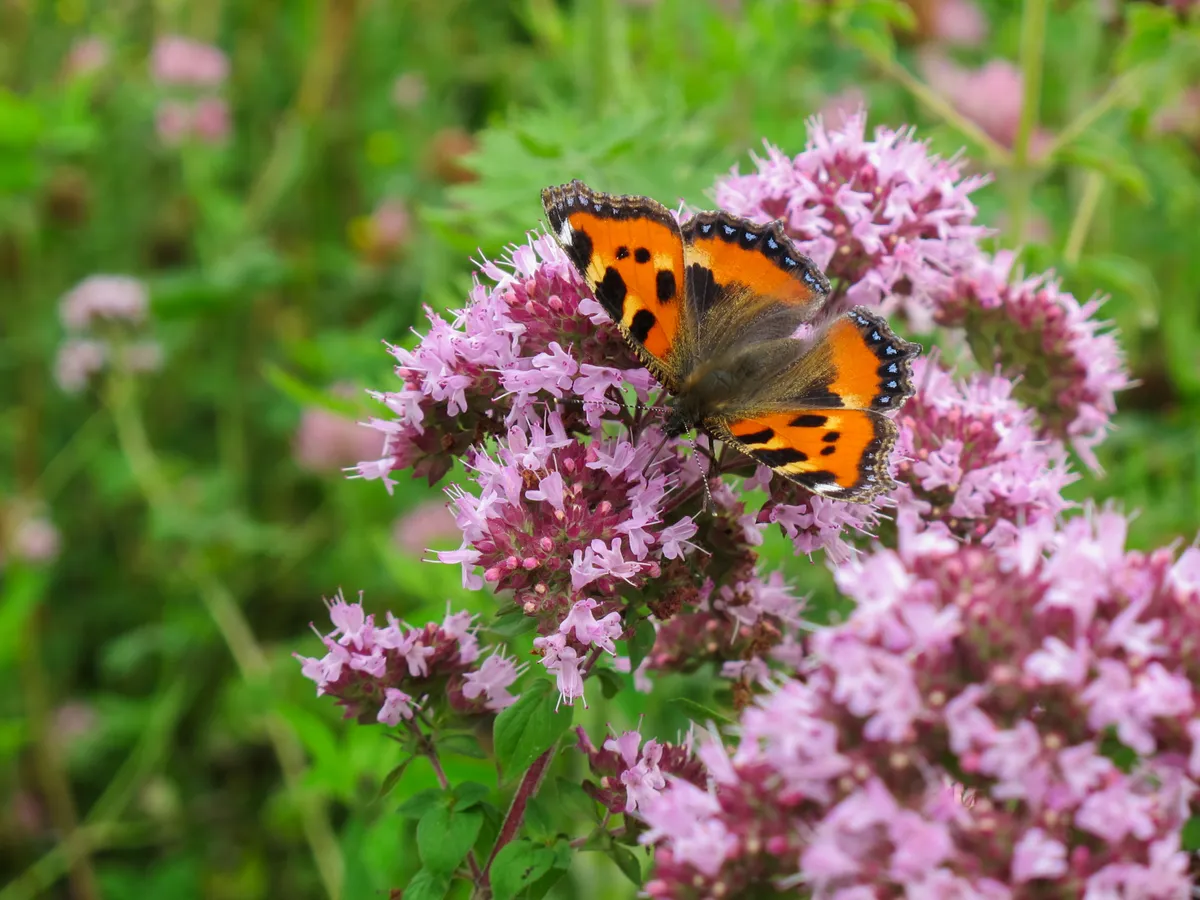
Also known as oregano, the leaves of marjoram are strongly scented and edible (and commonly used in Italian cooking). If you avoid cutting it, it will flower with clusters of pretty pink or white flowers in June, July and August and become a nectar-rich magnet for butterflies, moths and bees. Marjoram is very easy to grow, does well in pots and is fairly drought-tolerant. Native to the Mediterranean, it prefers exposure full sunshine and fares best in a south or west facing position. Perfect for a patio - sow seeds in March and April.
Attracts gatekeeper, large skipper and small tortoiseshell butterflies.
Lavender (Lavandula)
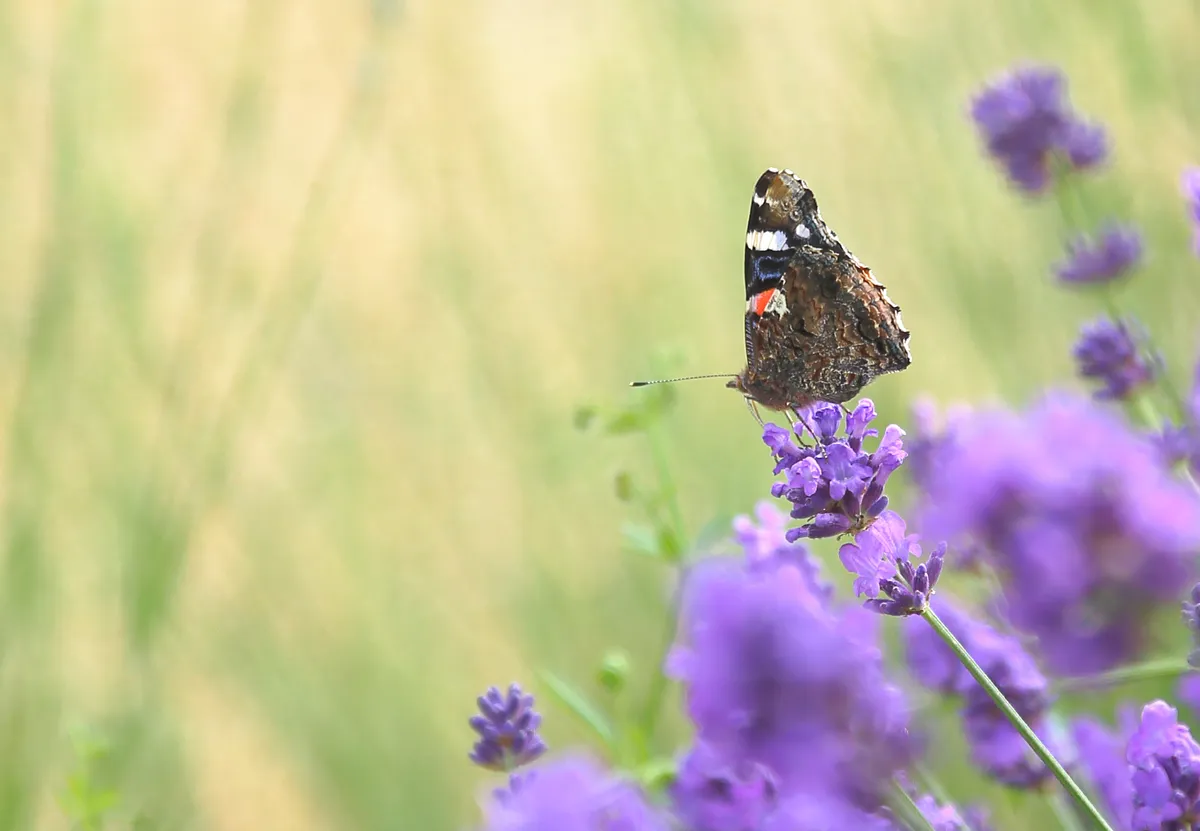
A favourite garden plant enjoyed for its gorgeous colour and heady scent, both by gardeners and by pollinators. Lavendar can be used in a plethora of designs - low growing hedges of lavendar look stunning alongside paths or filling border edges, or in rows of terracotta pots, for a Mediterranean feel. There are several different varieties of lavendar, some of which are bigger and hardier than others. Relatively drought tolerant, the robust Lavandula x intermedia hybrids grow larger and produce more nectar.
Attracts small white, large white, small tortoisehsell, red admiral and peacock butterflies.
Greater knapweed (Centaurea scabiosa)
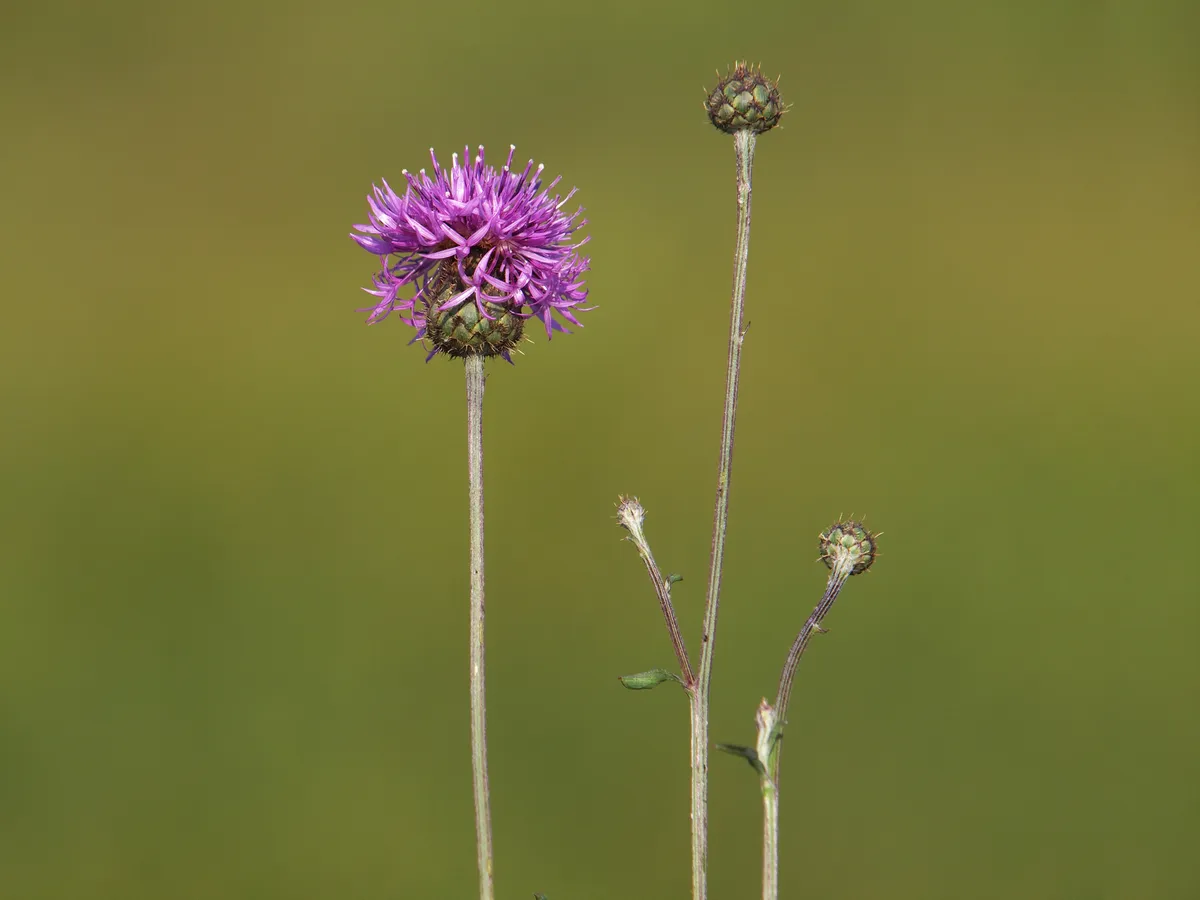
A key species of perennial meadows, greater knapweed bears a pincushion of lovely, ragged, pink-purple blooms that erupt from a fat, ornate, rounded bud. Greater knapweed flowers from midsummer, attracting a wide variety of butterflies and other insect species, and can reach around a metre in height. Plant into areas of long grass outdoors from March and you'll have a nectar bar all summer long - and even into early autumn. Some moths use greater knapweed as a caterpillar foodplant and the seedheads are popular with finches.
Attracts common blue, marbled white, small tortoiseshell and painted lady butterflies.
Best flowering plants for butterflies in autumn
Purple top (Verbena bonariensis)
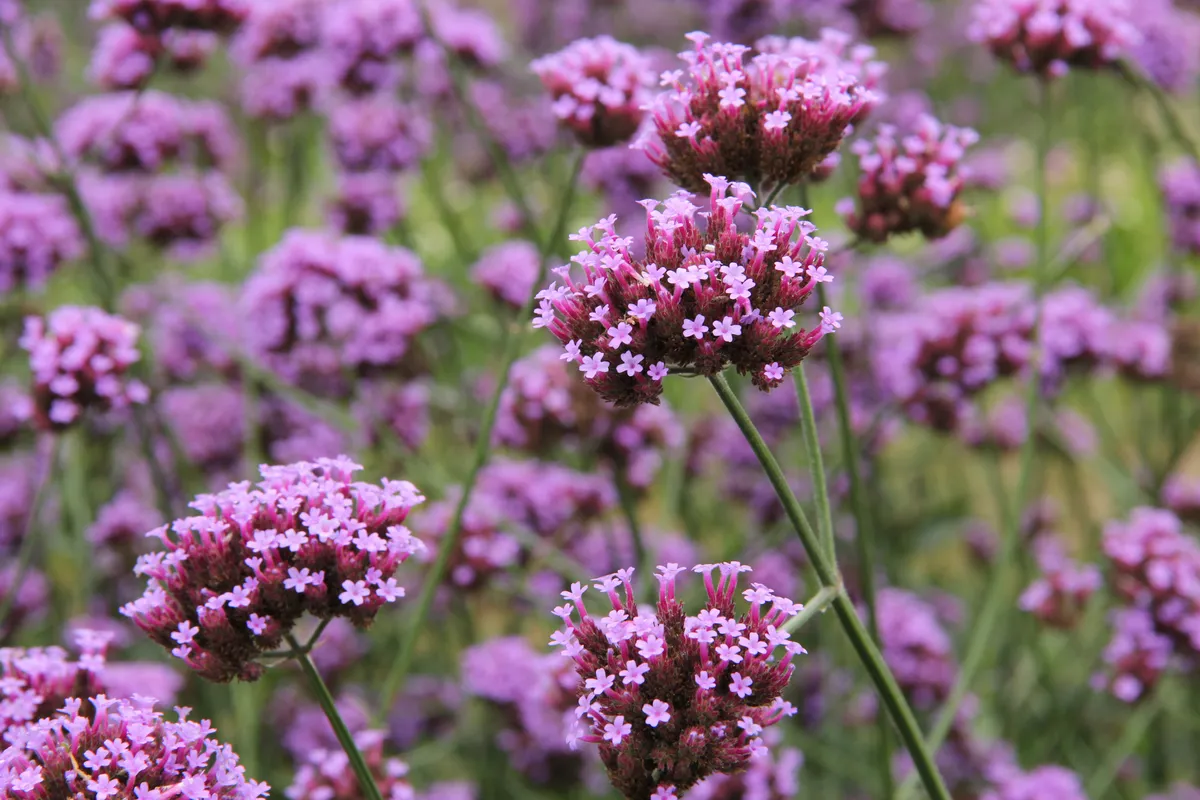
Verbena bonariensis is a tall plant growing to 1.5m in height that adds interesting structure to a garden, topped by flat purple flower heads which bloom from from late summer to mid-autumn. Grow at the back of a sunny border and pair with contrasting-coloured flowers like rudbeckias. There is a variety called ‘Lollipop’ which is smaller, growing to 75cm in height, and does well in pots.
Attracts small tortoiseshell, painted lady and red admiral butterflies, as well as other pollinators such as honeybees.
Coneflower (Echinacea purpurea)
- Buy plants now from Crocus, Organic Bulbs, The RHS
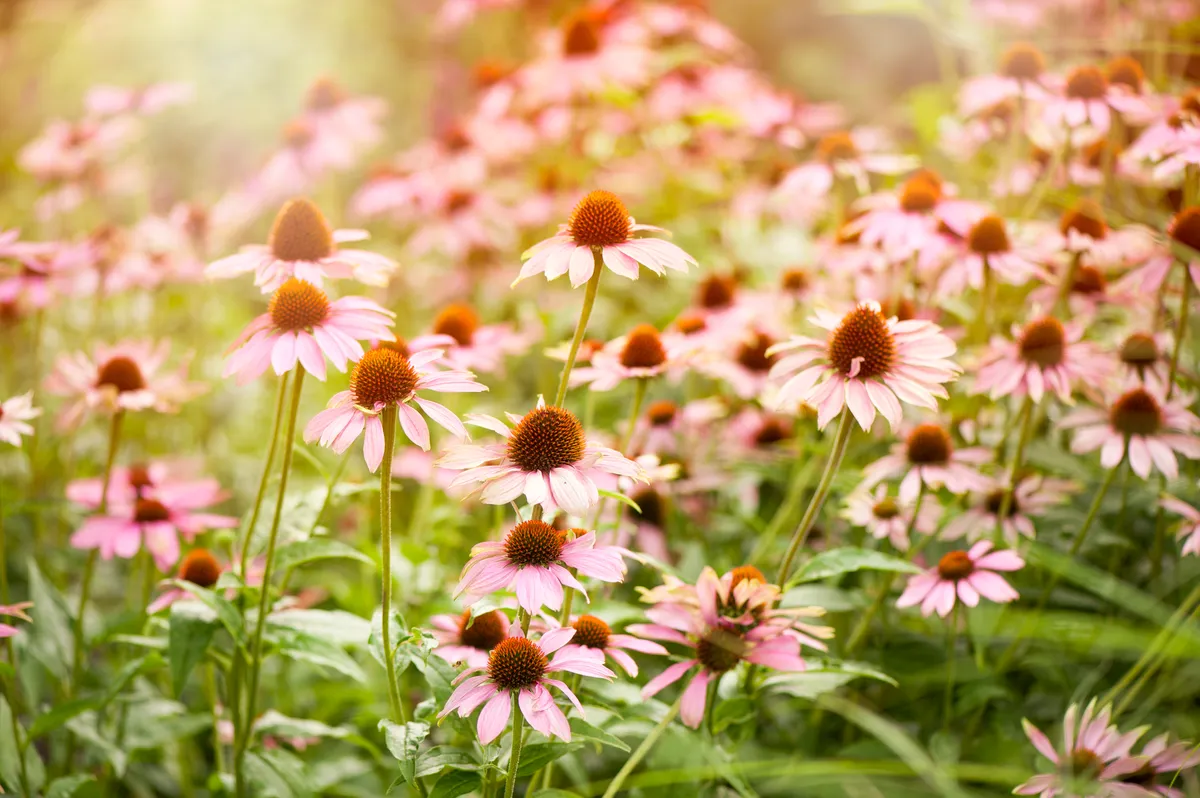
This North American native thrives in well-drained soil in sheltered, sunny spots. There are lots of cultivars to choose from, ranging in height and colour. Deadhead the spent blooms to encourage the plants to keep flowering until the first frosts, then leave the seedheads for the birds in autumn (you can also harvest some seeds yourself, to plant again in spring). Coneflower's pink, daisy-like flowers bloom from June to September, their central cone giving rise to its common name. Looks lovely in the centre of a border.
Attracts: small tortoiseshell, painted lady and red admiral butterflies.
Ice plant (Hylotelephium spectabile)
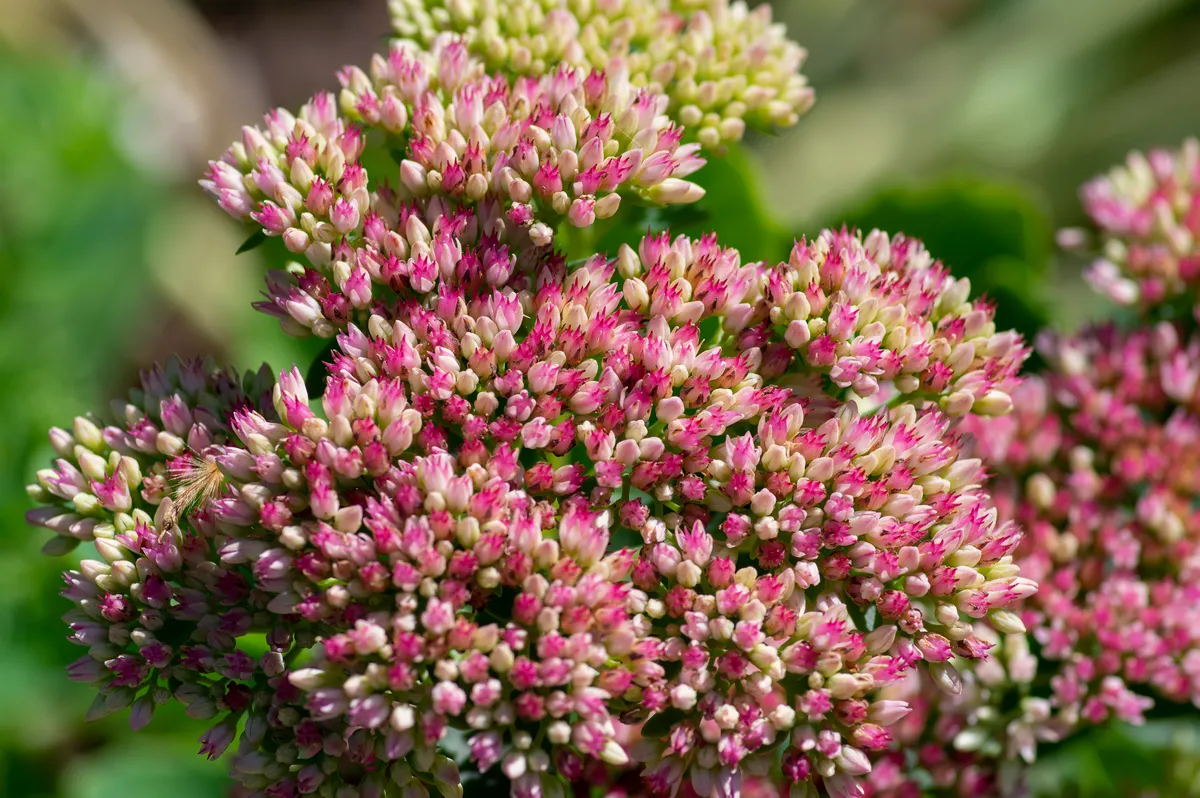
Flowering from August to October with explosions of tiny pink starbust-like blooms, this striking succulent is a drought-tolerant perennial and attractive to late-flying butterflies and bees. There are several cultivars to choose from – 'Herbstfreude' has slightly darker blooms. Cut back in late May (the ‘Chelsea Chop', so called as it coincides with the RHS Chelsea Flower Show) to encourage later blooming. Position at the front and in the middle of borders, in a sunny, south or west facing spot.
Attracts small tortoiseshell, painted lady, red admiral and speckled wood butterflies.
Perennial wallflower (Erysimum)
- Buy plants now from Chiltern Seeds, Crocus
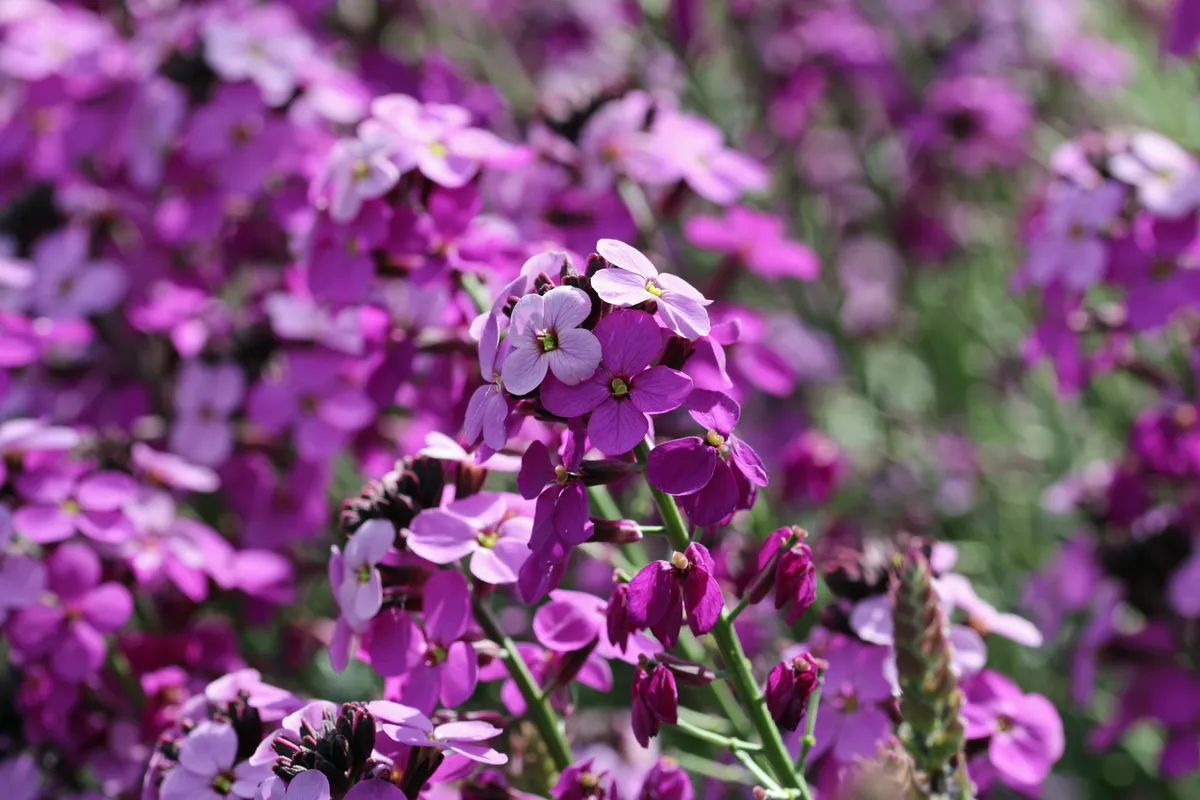
In southern regions, perennial wallflower can bloom throughout the year. Flowers are sterile, so produce only nectar, not pollen, but heaps of them are produced on striking spikes month after month, nestled among dense patches of attractive, dark grey-green foliage. Choose from the purple-flowered ‘Bowles’s Mauve’ or the coppery orange- and pink-flowered ‘Winter Orchid’ - (and if you can't decide, just go for both!). Prefers full sun, and it's easy to grow new plants from cuttings in spring and summer.
Attracts large white, small white, small tortoiseshell and large skipper butterflies.




